| Home > Living In China |
10 types of residential houses across China 1
1. Siheyuan: Traditional Chinese courtyard house
Siheyuan is Beijing's traditional courtyard-style residence. It is called siheyuan because the houses in it are constructed in such a way that the main house, the wing house and the house facing the main house are connected with walls and the whole complex creates an enclosed square courtyard. It has been served hundred years since this kind of architectural form first took shape.
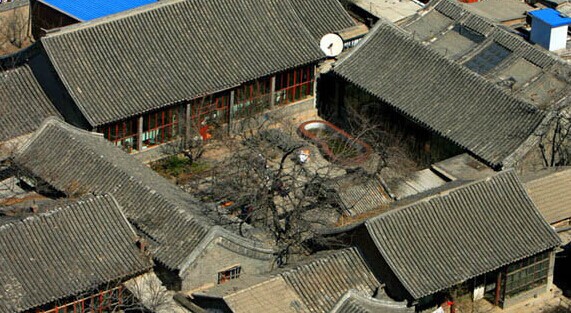
2. Yaodong – Cave dwellings on Loess Plateau
Cave dwellings are found all over Northern China including Shanxi, Gansu, Shaanxi and Henan provinces along the Loess Plateau. Having selected a good place, local people would dig a large pit and dig caves at the four sides, a tunnel leading to the ground at one side and a well in the center of the pit and build low walls at the four sides. The courtyard cave dwelling is warm in winter, cool in summer along with being both rain and fireproof. The pits of different families sit close to each other.
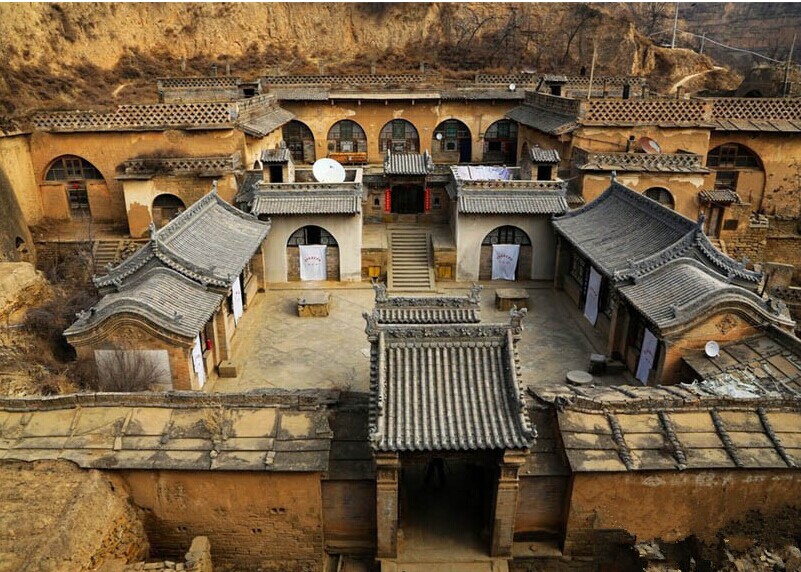
3. Tulou: Ancient earthen castles of China
Centuries ago, waves of Han emigrants fled south to avoid natural disasters and social unrest in northern China. They settled in the mountains of Fujian and parts of Jiangxi and Guangdong provinces. They called themselves "Kejia,” or guests, and built fortress-like tulou for protection. Within their sturdy walls, the people became self-sufficient and somewhat isolated. If enemies come, the tulou will be strong fortress once the gate is locked. A tulou can accommodate as many as 200 to 800 people.
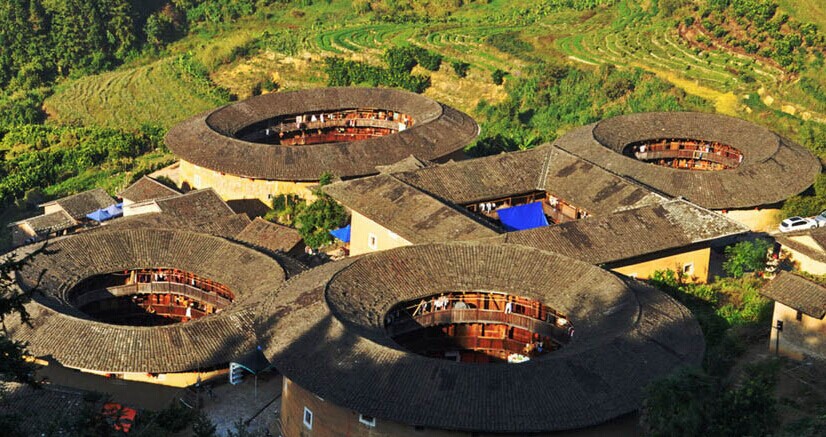
4. Boat-shaped house: Residential dwellings of the Li people in Hainan province
Boat-shaped homes, also called "boat-shaped thatched cottages" are the traditional residential dwellings of the Li people in Hainan province. Although the decoration and modification of the houses may be different, their general shape is that of an inverted boat. With fences woven with coconut, bamboo and mango leaves and roofs made of thatches, coconut and sunflower leaves, the crude materials needed for the boat-shaped houses were readily available. The houses provide shelter from rain and wind, and protect its inhabitants from wild animals. The structure and shape of the houses can withstand the powerful sun, typhoons and storms.
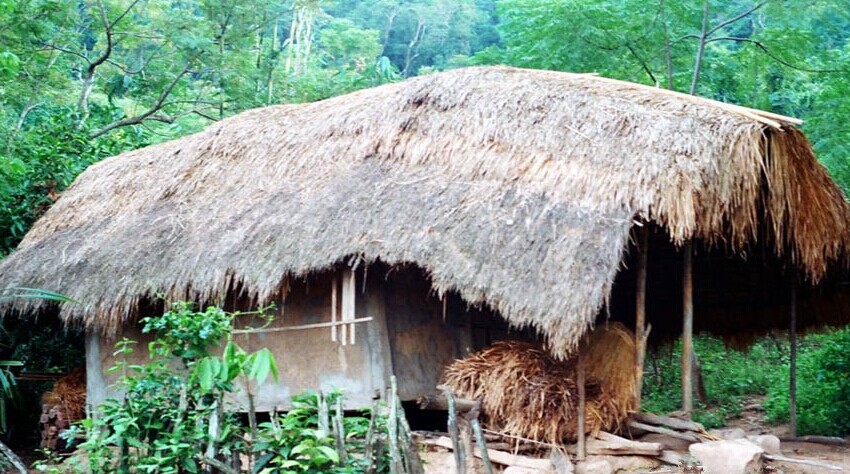
5. Mongolian Yurt: Portable house of nomads
The Mongolian Yurt, called "a vaulted tent" or "felt tent" in ancient times, is a domed pealed tent. The frame of the yurt is a supporting ring, formed by some wooden poles. The yurt's frame is covered with thick felt fastened from outside with ropes. Every yurt has an opening on the top, which provides both light and ventilation, and a wooden door facing south or southeast. The convenient design suits the mobility of the Mongolian people who live on grazing. As more and more Mongolians settle down, yurts are decreasing in number.
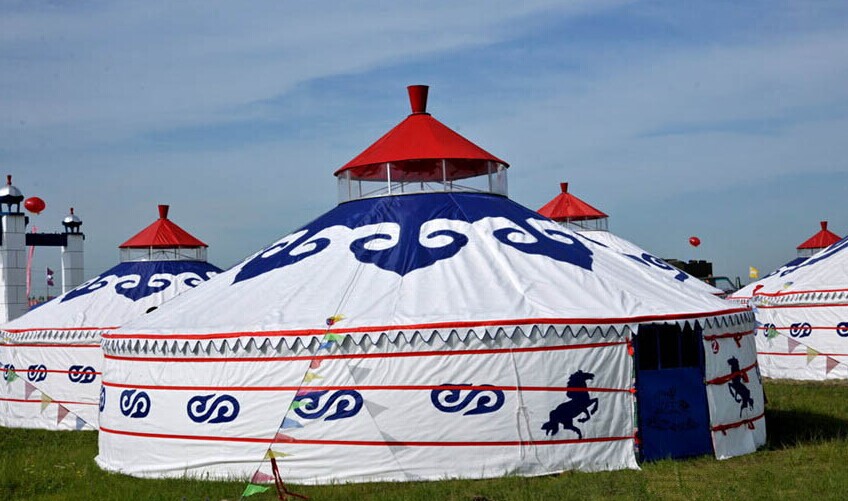
Custom
 more
more




 print
print  email
email  Favorite
Favorite  Transtlate
Transtlate 







